6 conclusions from the Vuelta a Burgos Feminas 2022
Breakaway success, new protagonists emerge, an unstoppable Vollering and the disappointment of no final stage coverage
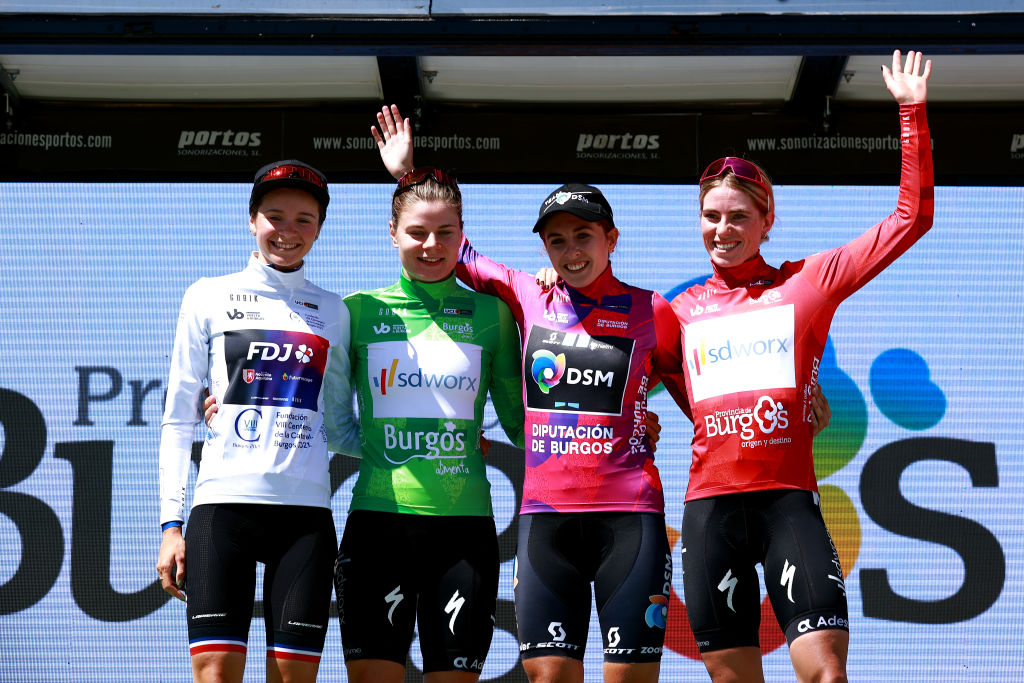
The block of Spanish races has been building and growing in the last few years, and this year an exciting three weeks of races culminated in the Vuelta a Burgos Féminas, a tough four-day tour of northern Spain. Every day was hilly, but the race had something for every type of rider: sprints, a punchy uphill finish, and a showpiece finale on the Lagunas de Neila climb on Sunday.
Showing her unstoppable form, Itzulia Women winner Demi Vollering (SD Worx) conquered the final climb on stage 4 to take victory, whilst Team DSM’s Juliette Labous held on behind to secure the overall win. After a tight three days of racing, the general classification came down to the very last metres of climbing, but that didn’t mean the first three stages were any less action-packed. From dominant sprints to surprise wins, the second WorldTour stage race of the season gave us a lot to talk about.
We may not have been able to watch the final and decisive stage live, but there are still plenty of conclusions to be drawn from an exciting four days of racing in Burgos.
Lack of TV coverage puts a dampener on a good race
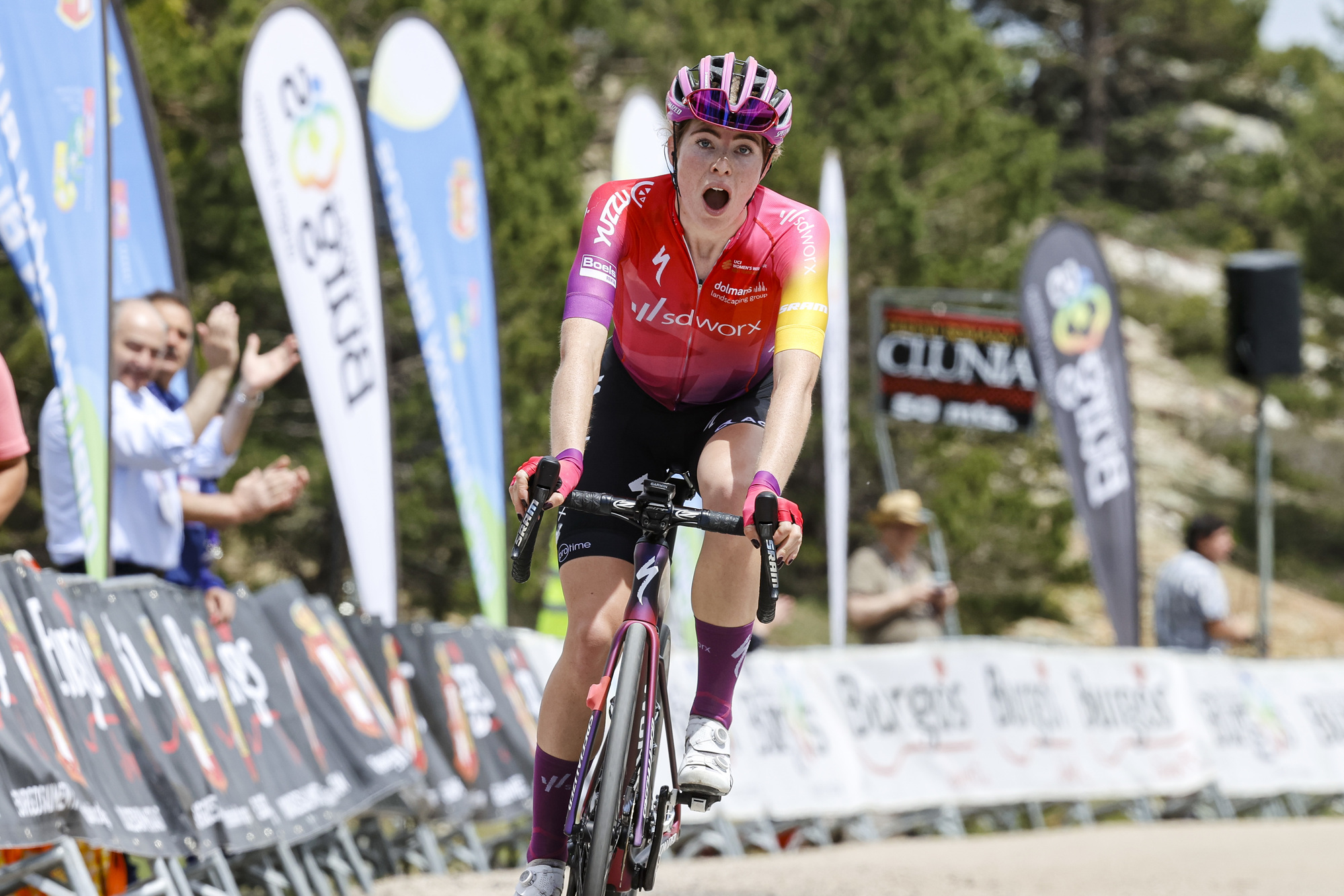
On Sunday, the race was gearing up for a very exciting finale. There were more than 20 riders in contention for the overall victory, the peloton had been racing aggressively all weekend, and the Lagunas de Neila climb was perfectly poised to light up the race.
But when the scheduled broadcast started, the live images never came. Instead, viewers were left watching a static camera at the finish line for almost an hour and a half, with sparse text updates provided by the UCI’s live ticker. The reason for the lack of broadcast is not clear: the stream cited ‘technical difficulties outside of RTVE’s control’.
Viewers saw the last 300 metres of Vollering’s victory, but the narrative of the climb was lost, only somewhat pieced together in the riders’ post-race interviews. Not being able to watch a time trial or a sprint stage is one thing, missing out on one of the biggest climbs the peloton will race all season is another. The organisers put on a well thought-out, varied route, and the peloton made the weekend exciting and tense, so to miss out on the finale is a disservice to everyone involved.
And to really drive home the issue, this is the second time in a row this has happened on the final stage to Lagunas de Neila. In 2021, it was an issue of timetabling rather than technical difficulties that resulted in only the last 3km of racing being aired. But the fact remains that we’re still yet to see the peloton take on what is a challenging and exciting climb.
Get The Leadout Newsletter
The latest race content, interviews, features, reviews and expert buying guides, direct to your inbox!
Will 2023 finally be the year we get to see the Lagunas de Neila in full, or will the organisers opt for a more logistically-reliable finish location? Races shouldn’t have to choose between coverage and interesting climbs, but the sheen is taken off these headline stages when we don’t get to watch them.
A new generation of stage race protagonists
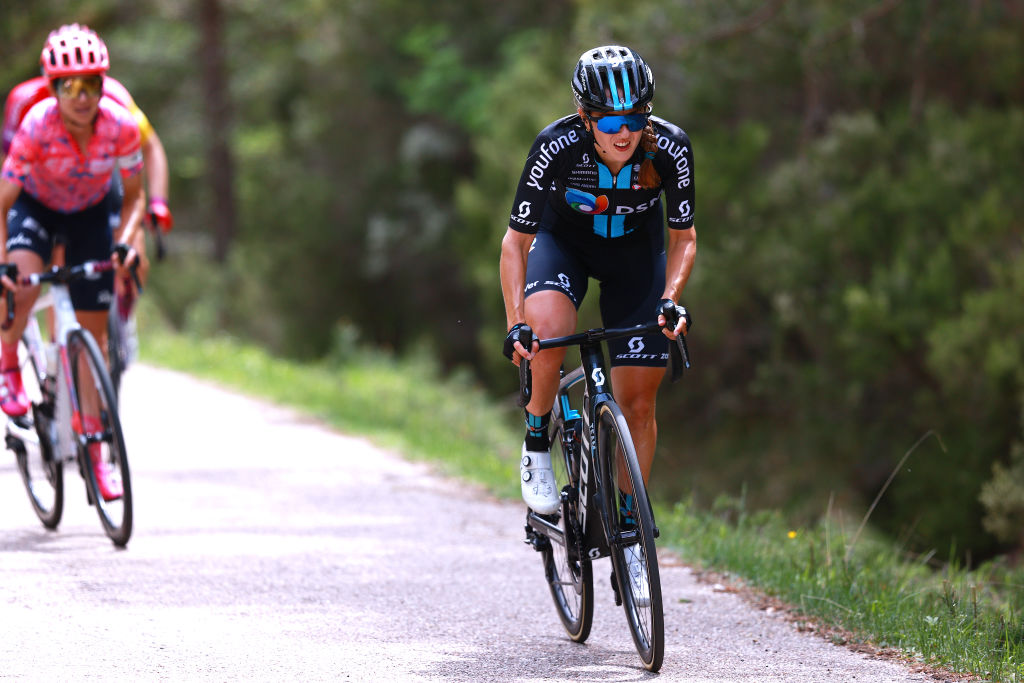
If Itzulia showed us that the climbing level in the peloton is closer than ever, the Vuelta a Burgos highlighted a real changing of the guard in who possessed that climbing talent. With the big names like Annemiek van Vleuten (Movistar), Ashleigh Moolman Pasio (SD Worx) and recently-retired Anna van der Breggen all out of the picture, the obvious assumption would be that the baton would pass to riders like Kasia Niewiadoma (Canyon-SRAM), Amanda Spratt (BikeExchange-Jayco Women) and Cecilie Uttrup Ludwig (FDJ Nouvelle-Aquitaine Futuroscope), all up there in this race in 2021.
But instead, it was a new group of protagonists that emerged over the weekend. The usual suspects seemed to take a step back in favour of a new generation: Uttrup Ludwig was overshadowed by teammate Évita Muzic, and riders like Juliette Labous, Krista Doebel-Hickok and Paula Patiño replaced the likes of Niewiadoma and Spratt in the top 10.
The climbing level may be slightly lower overall - the time gaps were bigger on Lagunas de Neila on Sunday than they were in 2021 - but watching this new group of climbers push each other and battle it out for the win has been a refreshing new look in the first big stage races of 2022. When Van Vleuten returns to racing, she has more than just Vollering to worry about.
You can’t underestimate the small teams
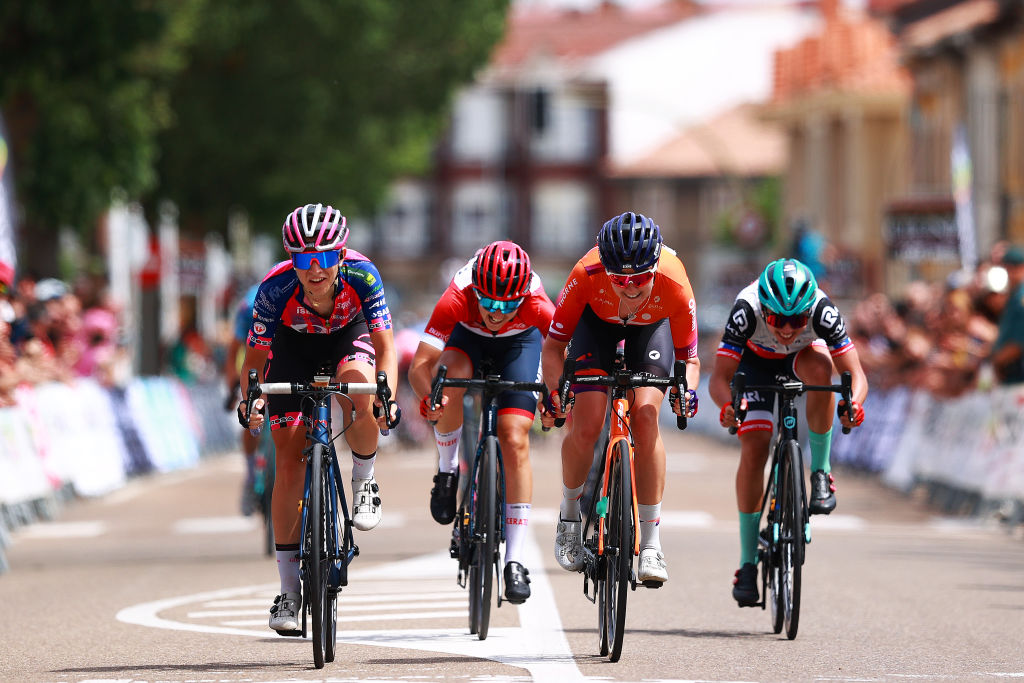
Stage 2 saw something that rarely happens in the Women’s WorldTour: the day’s early break survived, with Matilde Vitillo (Bepink) winning the stage. Perhaps underestimating the strength of the break, which included only one WorldTour rider in Nina Buijsman (Human Powered Health), the peloton allowed the gap to grow to over 7 minutes, a lead which turned out to be unassailable when they came to chase it down.
They came close, with the bunch finishing just six seconds down on the winner, but the peloton had made a rare miscalculation and missed out on the chance to win. In the break, Buijsman was also caught out by the power of a smaller team, leaving her sprint too late and being beaten on the line by Vitillo, who had the support of teammate Nora Jenčušová.
The smaller French, Italian and Spanish teams don’t have many chances to show themselves in the spring, but these stage races are really where they can challenge the WorldTeams. And if Burgos has proved anything, it’s that teams like Bepink aren’t just there to make up the numbers in breakaways, they can come away with big wins if given the chance.
Some of the hardest workers went unrewarded
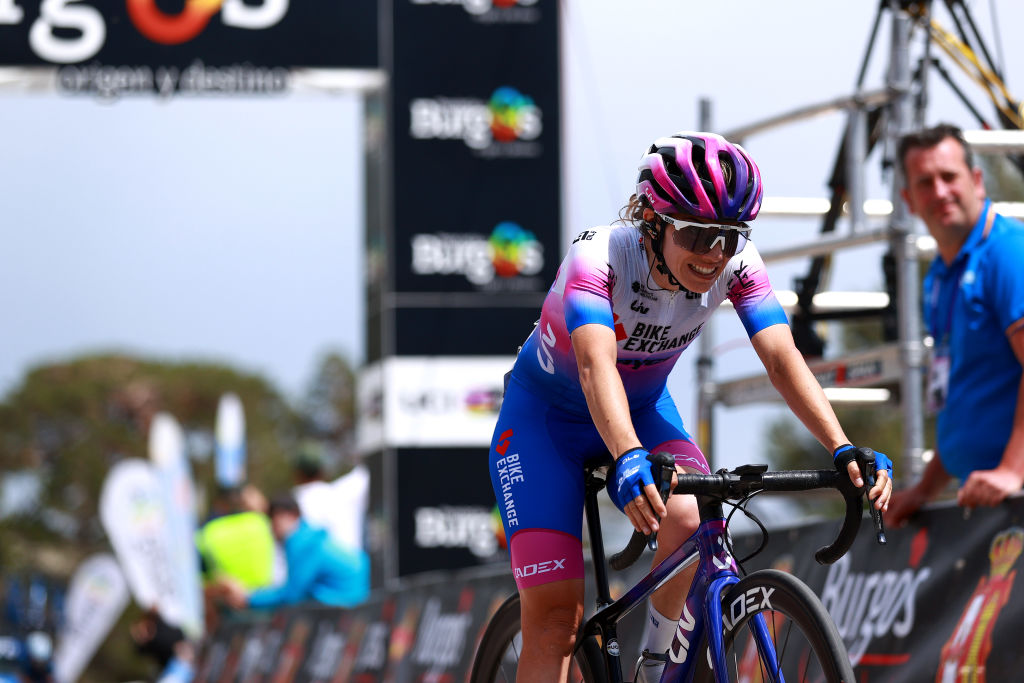
With four stages and four classifications up for grabs, there were plenty of chances for teams to take other small victories even if the overall eluded them. Not many of the top teams went home totally empty handed, but among those who did were two of the most active and aggressive teams of the race, Canyon-SRAM and BikeExchange-Jayco.
Both teams were seemingly on the front of the peloton practically all weekend, whether that was making things hard in the crosswinds or chasing down breaks. But neither team managed a win, and come away with their best results as 11th overall for Niewiadoma (Canyon-SRAM), and ninth for Santesteban (BikeExchange-Jayco).
Luck played some part of it, for example Canyon-SRAM lost Rooijakkers and Amialusik before stage 3, but it also seems that both teams lacked the final piece of the puzzle to reap the rewards of their hard work. Niewiadoma, Chabbey, Santesteban, Spratt, Faulkner - none of them had a bad weekend, but maybe both teams were spreading their aims too wide, relying on numbers rather than going all in for one rider.
Movistar’s climbing talent is a lot deeper than just Van Vleuten
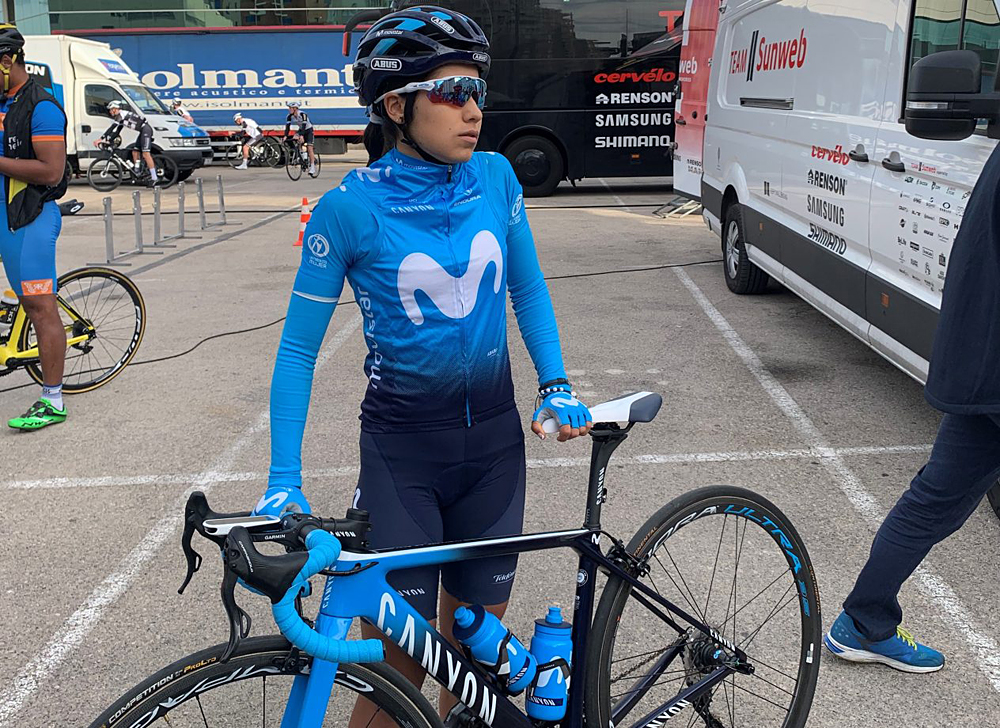
Though we didn’t get to see it live, footage recorded during stage 4 showed an impressive performance from Movistar in support of Colombian Paula Patiño. The team amassed at the base of the climb, with sprinter Emma Norsgaard testing her legs in a domestique role.
The set up worked well, as Patiño was able to follow Vollering and Labous’ first attack, just lacking a second wind when the pair went again. She finished 10th on stage 4, backing up ninth on stage 3, and securing a solid result for the Van Vleuten-less Movistar squad.
With Van Vleuten often able to ride off the front, Movistar don’t regularly have the chance to show off their teamwork, but the last weeks in Spain have really proved their strength and depth as a team, even in the absence of their star rider.
Aside from Vollering, Patiño has had perhaps the best Spanish campaign of any rider: top 10s on every stage and fourth overall in Andalucia, sixth at GP Eibar, third at Emakumeen Nafarroako, ninth overall at Itzulia and now 10th on GC in Vuelta a Burgos. No big win, but an excellent run of consistency for the on-form Colombian.
It remains to be seen what Patiño’s aims and roles will be for the next part of the season, particularly when Van Vleuten returns to racing, but whether she has a chance to go for herself or acts as a domestique for Van Vleuten, it’s clear she is a great asset to Movistar.
Comebacks are no issue for SD Worx
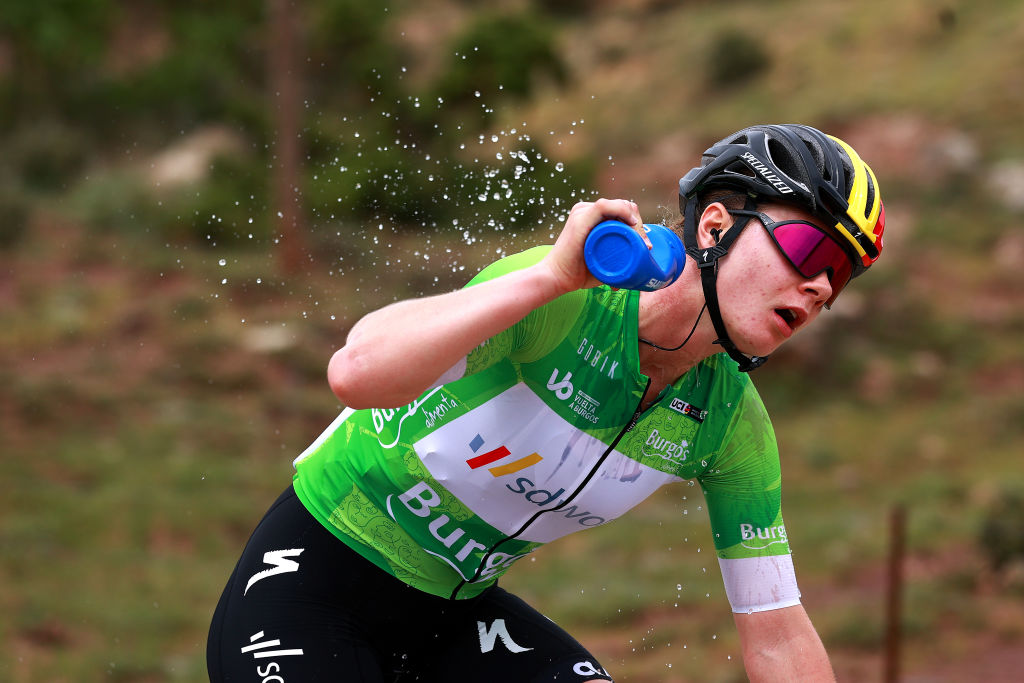
SD Worx came into Vuelta a Burgos with, for once, some questions hanging over them. How would they do without Ashleigh Moolman Pasio? Would Demi Vollering be back at her best after crashing in Durango? How would Lotte Kopecky be feeling after over a month without racing? Vollering faltered just once during the four stages - she briefly dropped out the back of the chasing group on stage 3, but seemed to be back driving the pace on the front almost immediately - but other than that, SD Worx roundly dismissed any doubts over their capability.
Despite not racing since Paris-Roubaix, Kopecky delivered an imperious sprint on stage 1, beating second-placed Tereza Neumanova (Liv Racing Xstra) by several bike lengths and proving she didn’t need any time to build back into form after a break. After a successful Classics campaign, Kopecky will be targeting sprints and punchier days in the summer stage races, and it seems her transition to the next part of the season is off to a perfect start.
As for Vollering, her performance this weekend once again reminded us that her ability really can never be doubted. Coming off a crash and a stay in hospital, it looks like even a slightly-off Vollering is still almost impossible to beat. And with the support of Niamh Fisher-Black, only 21 years old but already perhaps the very best climbing domestique in the peloton, the absence of Vollering’s usual tag-team partner Moolman Pasio was no issue for SD Worx.
The aim now will be for the team to carry this momentum into the Giro Donne and the Tour de France Femmes, but they don’t look at risk of slowing down any time soon.
Matilda is an NCTJ-qualified journalist based in the UK who joined Cyclingnews in March 2025. Prior to that, she worked as the Racing News Editor at GCN, and extensively as a freelancer contributing to Cyclingnews, Cycling Weekly, Velo, Rouleur, Escape Collective, Red Bull and more. She has reported from many of the biggest events on the calendar, including the Giro d'Italia, Tour de France Femmes, Tour of Flanders and Paris-Roubaix. She has particular experience and expertise in women's cycling, and women's sport in general. She is a graduate of modern languages and sports journalism.